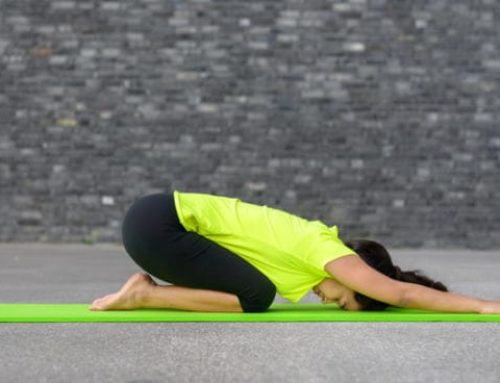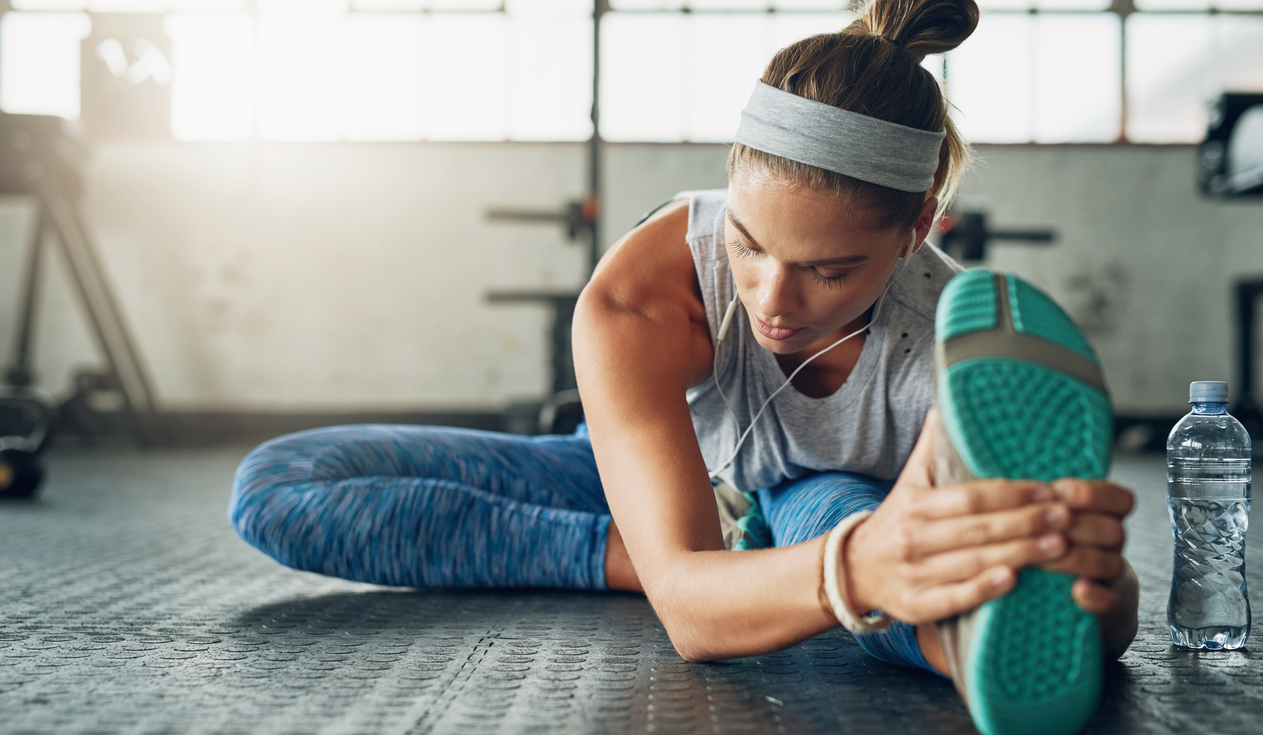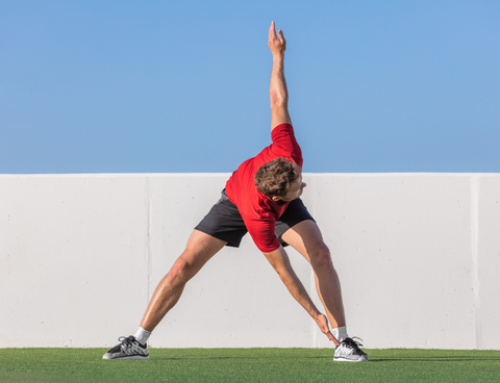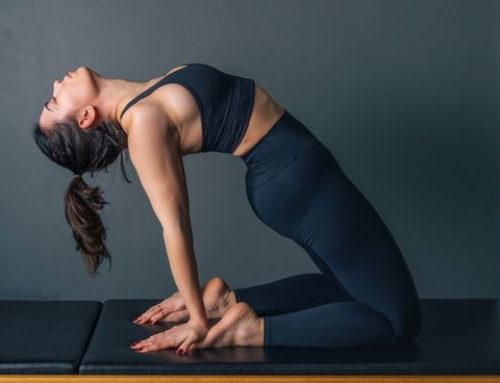3 Key Hamstring Stretches for Athletes
The typical sports career is fleeting, weighted heavily on an athlete’s youth. Injuries mean spending valuable time in the training room rehabbing instead of on the field making plays.
In many sports today, injured hamstrings are all too common. Hamstring muscles are vital to many athletic movements, like sprinting and changing direction; but these movements are most often involved in hamstring injuries.
With a proper flexibility program of hamstring stretches, athletes can make performance gains and greatly reduce their chance of injury. Here are three different types of stretches, each with specific uses and effects that can benefit athletes.
Dynamic Stretches
Performed while in motion, dynamic stretches allow you to stay warm and loosen your muscles while preparing for activity. They are best performed as part of a general warm-up prior to exercise.
Straight Leg March
- Raise leg straight out in front while maintaining upright posture
- Reach opposite arm across and touch toe of raised leg
Sets/Distance: 2×20 yards[youtube video=”y0UE8am4SIY” /]
PNF stretches
These are active assisted stretches that stimulate certain proprioceptors within the muscles to elicit a maximum range of motion. PNF stretches are great for an acute, post-exercise routine.
PNF Hamstring Stretch
- Lie on back with resistance band or cord attached to leg being stretched
- Lift leg straight up to position of slight discomfort
- Push down with leg and resist with band for five second
- Relax leg and stretch to maximum range of motion
Sets/Reps: 2×5 each side[youtube video=”iq75fp_loYk” /]
Static Stretches
Usually focused on individual muscle groups, static stretches involve holding a specific range of motion position for 10 to 30 seconds. Best performed as part of a cool down routine. For best results, muscles should be warm prior to stretching.
Standing Toe Touch
- Assume athletic stance with feet hip-width apart
- Push hips back
- Reach down towards toes
- Keep chest erect and back as straight as possible
- Maintain position for specified time
Sets/Duration: 2×20 seconds[youtube video=”d0TylPLomoQ” /]
Photo: SportsMD.com
RECOMMENDED FOR YOU
MOST POPULAR
3 Key Hamstring Stretches for Athletes
The typical sports career is fleeting, weighted heavily on an athlete’s youth. Injuries mean spending valuable time in the training room rehabbing instead of on the field making plays.
In many sports today, injured hamstrings are all too common. Hamstring muscles are vital to many athletic movements, like sprinting and changing direction; but these movements are most often involved in hamstring injuries.
With a proper flexibility program of hamstring stretches, athletes can make performance gains and greatly reduce their chance of injury. Here are three different types of stretches, each with specific uses and effects that can benefit athletes.
Dynamic Stretches
Performed while in motion, dynamic stretches allow you to stay warm and loosen your muscles while preparing for activity. They are best performed as part of a general warm-up prior to exercise.
Straight Leg March
- Raise leg straight out in front while maintaining upright posture
- Reach opposite arm across and touch toe of raised leg
Sets/Distance: 2×20 yards[youtube video=”y0UE8am4SIY” /]
PNF stretches
These are active assisted stretches that stimulate certain proprioceptors within the muscles to elicit a maximum range of motion. PNF stretches are great for an acute, post-exercise routine.
PNF Hamstring Stretch
- Lie on back with resistance band or cord attached to leg being stretched
- Lift leg straight up to position of slight discomfort
- Push down with leg and resist with band for five second
- Relax leg and stretch to maximum range of motion
Sets/Reps: 2×5 each side[youtube video=”iq75fp_loYk” /]
Static Stretches
Usually focused on individual muscle groups, static stretches involve holding a specific range of motion position for 10 to 30 seconds. Best performed as part of a cool down routine. For best results, muscles should be warm prior to stretching.
Standing Toe Touch
- Assume athletic stance with feet hip-width apart
- Push hips back
- Reach down towards toes
- Keep chest erect and back as straight as possible
- Maintain position for specified time
Sets/Duration: 2×20 seconds[youtube video=”d0TylPLomoQ” /]
Photo: SportsMD.com












